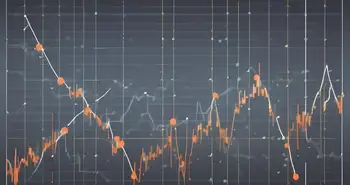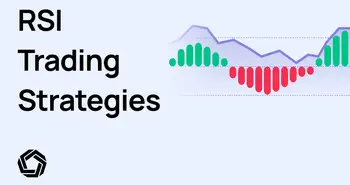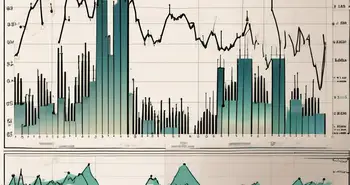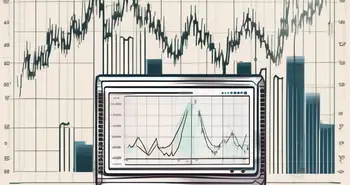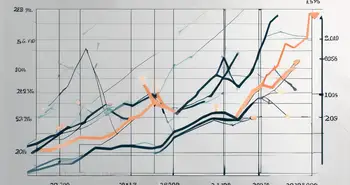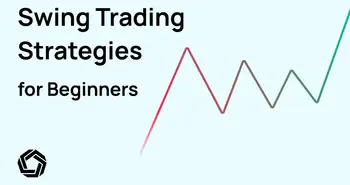Parabolic SAR Strategies
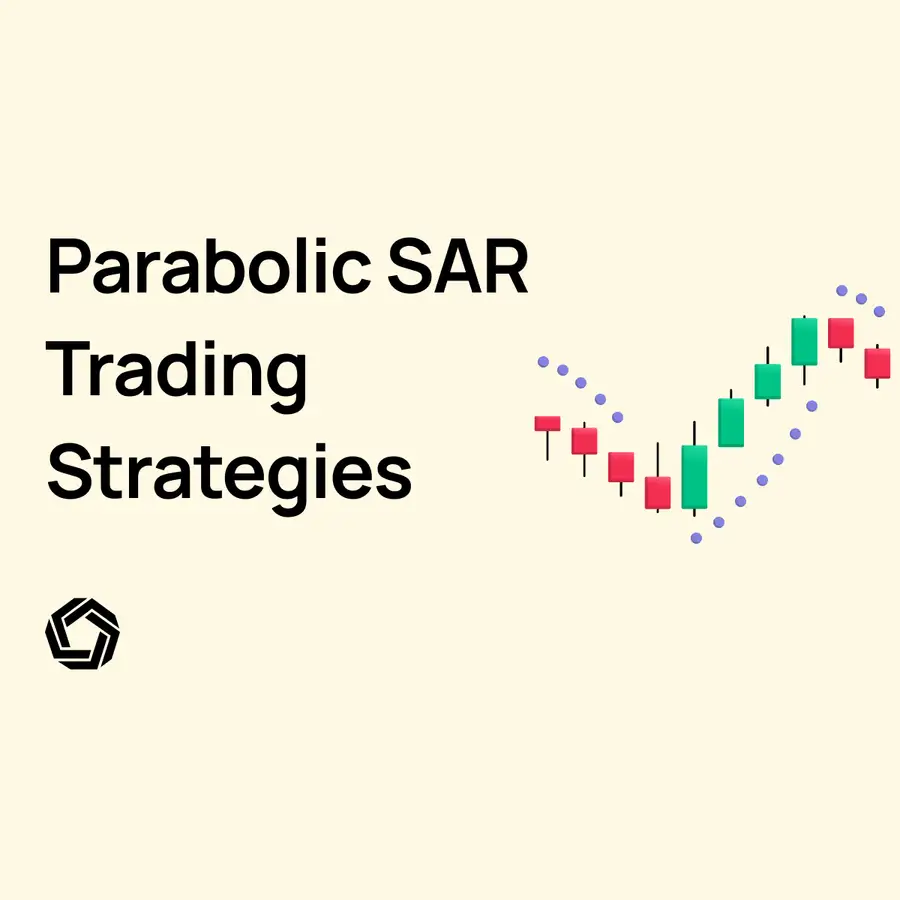
In this article on Parabolic SAR trading strategies, where we will explore the powerful indicator and how traders use it for technical analysis. Before we delve deeper, let's clarify one thing – Parabolic SAR is a widely used technical indicator in the financial markets, used to identify potential trend reversals.
Developed by the legendary technician J. Welles Wilder Jr., who also invented the Relative Strength Index (RSI), Parabolic SAR is a momentum-based indicator that can be used to identify potential price changes in an asset. The main difference between the two indicators is that RSI measures the strength of a security's price action, whereas Parabolic SAR identifies trend changes.
Wilder, a highly respected technical analyst, invented Parabolic SAR in the 1970s as part of his quest to create reliable technical indicators that traders could use to identify potential price movements. The indicator uses a series of dots to indicate potential trend reversals, and traders can use these dots to enter or exit trades based on the direction of the trend.
In this article, we will provide an overview of Parabolic SAR and its mechanics, followed by three real-life trading strategies that traders can use to incorporate this powerful indicator into their analysis. By the end of this article, you will have a solid understanding of Parabolic SAR and be able to use it in your trading strategy with confidence.
How Parabolic SAR Works
At its core, the Parabolic SAR indicator is a trend-following indicator that helps traders identify potential trend reversals in the market. It's named after the parabolic shape of its dots, which are plotted above or below the price chart to indicate potential buy or sell signals.
By analyzing the dots on the chart, traders can get a sense of the current trend and identify potential reversals. When the dots are below the price chart, it indicates a bullish trend, while when the dots are above the price chart, it indicates a bearish trend. A change in the position of the dots can indicate a potential trend reversal, with dots moving from below to above the price chart, suggesting a shift from a bullish to a bearish trend and vice versa.
One of the key benefits of the Parabolic SAR indicator is its ability to provide clear buy or sell signals, which can help traders make informed trading decisions. When the dots are below the price chart, it suggests a buy signal, while when the dots are above the price chart, it suggests a sell signal. Here you can see the Parabolic SAR Indicator in action on the Bitcoin chart. Remember that you can also change the style of the indicator to get a clearer picture of the trend, as seen in the second chart. To do that, click on the Settings Gear Icon in the Advanced Charts and change the plot style from “Cross” to “Step line with diamonds.”
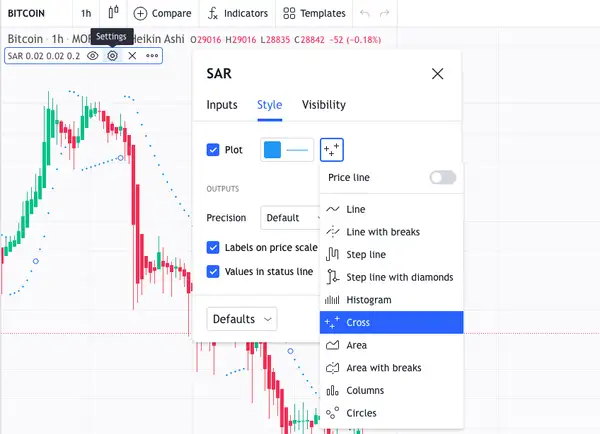
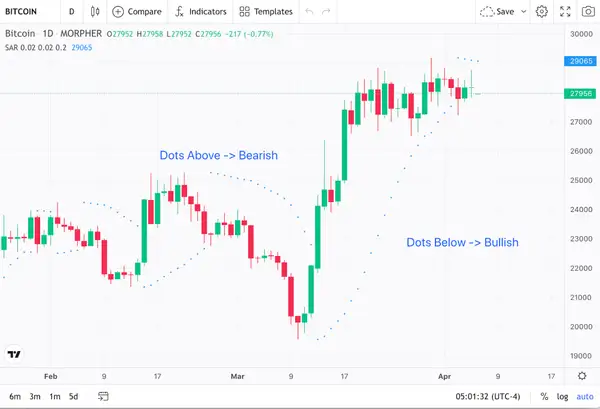
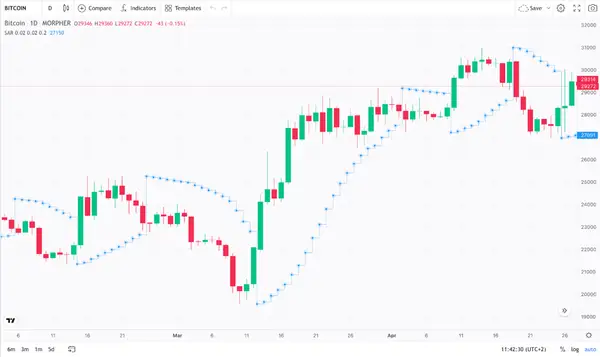
It's important to note, however, that, like all technical indicators, the Parabolic SAR is not foolproof and should be used in conjunction with other technical analysis tools. Additionally, it's important to manage risk and use stop-loss orders to limit potential losses.
By understanding the power of the Parabolic SAR indicator, traders can confidently incorporate it into their technical analysis toolkit and use it to make better-informed trading decisions. So the next time you come across the parabolic dots on a chart, you'll know exactly how to read and interpret them like a pro.
Parabolic SAR as a Trend Following Strategy
If you want to trade shorter time periods, you may rely on a combination of Heikin Ashi Candles in combination with the Parabolic SAR indicator. We have also been using them in various of our previous strategies, as they are great for following trends.
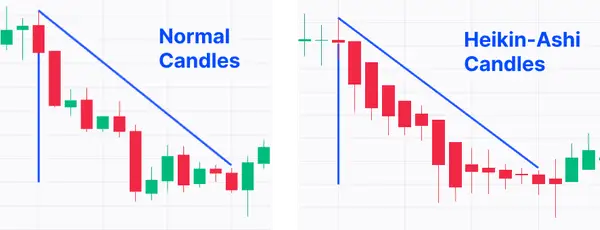
To identify a stronger downtrend or uptrend, look for a consolidation period with a smaller real body.
- The first sign of a downward trend is typically a larger real body candle with no upper shadow. As the trend continues, the candles become larger with no upper shadows and increasing lower shadows, indicating that there is little pressure upwards and increasing pressure downwards.
- The first sign of an uptrend is typically a larger real body candle with no lower shadow. As the trend gains momentum, the candles become larger and have almost no shadows at the bottom. Conversely, when the candles start to decrease in size, it indicates that the upward trend may be coming to an end and it's time to re-evaluate your position.
Our strategy combines the Parabolic SAR indicator with the Heikin Ashi candles for trend following. For live-demonstration purposes, we are trading a unique asset only available on Morpher, the Bored Ape Yacht Club NFT. This strategy might be straightforward, but it has some important rules that you must follow to have a chance at success. A combination of both parties makes this a trend-following strategy on steroids. This strategy mostly revolves around when not to enter positions.
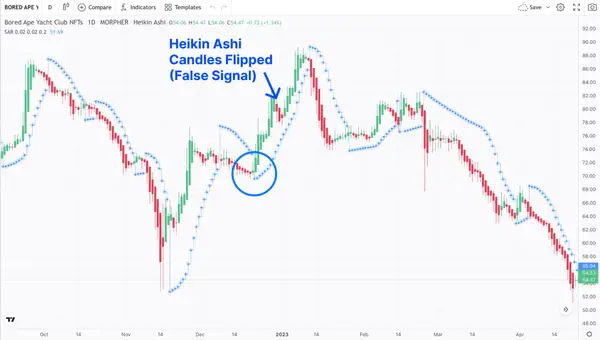
For example, even if the Parabolic SAR flips and shows a potential position entry, do not take it if the Heikin Ashi Candles are in a sideways position or still have shadows on both sides and do not give a clear indication.
On the other hand, even if the color of the Heikin Ashi candles changes, do not exit your position if the Parabolic SAR indicator is still showing in the same trend direction. You might adjust your stop-loss in these cases, but never quit the trend, as it is your friend till the end.
Let us look at a concrete example indicated by the blue circle as the entry point. In this case, we saw an entry, the Parabolic SAR flipped from bearish to bullish, and the Heikin Ashi candles also confirmed that trend. However, at some point, the Heikin Ashi Candles flipped from green to red, indicating a stop in the bullish trend. If you only worked with the Heikin Ashi candles, you would have exited the trend here; however, the Parabolic SAR did not indicate a reversal yet. Thus, we will stay in the trend until the Parabolic SAR indicator confirms the reversal. Indeed, the reversal did not happen and continued for another 10-15%. Overall, this trade would have been a great trade with around 20-25% profit and even more with leverage.
Trading Rules:
- Only enter positions where both indicators show strong signs of a trend starting. Heikin Ashi Candles must not have shadows on both sides and should get bigger. The Parabolic SAR Indicator should indicate the same trend as the Heikin Ashi candles.
- Stay in the trend until both indicators show a clear reversal. Do not exit positions just because one of the indicators changes a bit; rather, adjust your stop loss.
Parabolic SAR, Moving Average with EMA Cross
This strategy consists of using the Parabolic SAR, the Moving Average with the EMA Cross, and confirmation with candlestick patterns. As a live demonstration in the chart, we decided to trade the price movement of corn, as candlestick patterns are especially well seen in commodity charts.
The Parabolic SAR is a technical analysis indicator that uses dots above or below price bars to indicate potential reversal points in the direction of the trend. The dots move in relation to price and accelerate as the trend continues, making it also useful for trailing stop-loss orders.
The Moving Average with the EMA Cross strategy combines two exponential moving averages (EMAs) of different time periods to identify bullish or bearish trends. When the shorter EMA crosses above, the longer EMA suggests a bullish trend, while a cross below indicates a bearish trend. In this case, the length of our Moving Average and Exponential Moving Average is 10. Overall, it's a popular and simple strategy that helps you to identify entry and exit points.
Ok, now let’s analyze the charts. The sideways market trend seen in early July 2022 is a precursor to a strong push in the market, followed by the formation of a textbook Dark Cloud Cover Pattern the following day, suggesting a short position.
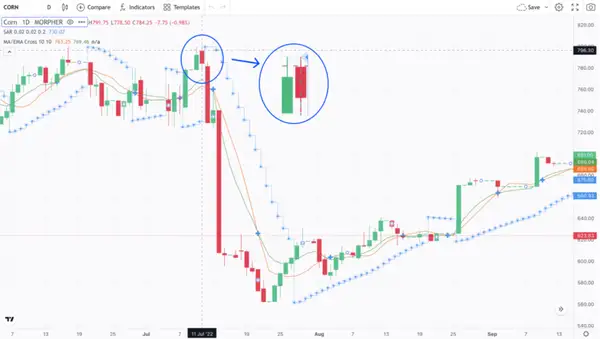
The Moving Average indicator also indicates a trend reversal on the same day. However, the real standout in this trade is the Parabolic SAR, as the blue dot appears above the second red candle of the pattern, signaling a short position and setting the point at which you should place a stop-loss to protect their investment.
When trading this pattern, you have the option to enter the short position either after spotting the pattern or, alternatively, after seeing the EMA Cross, allowing for greater security in the trade.
If you had taken the safe route, you could have shorted the pattern from roughly 760 to 620, potentially yielding a significant profit when trading with leverage.
Trading Rules:
- Spot the Dark Cloud Cover pattern in a sideways market
- See that the Parabolic SAR dots are above the candle (indicating short)
- Look for the EMA Cross to show
- Go Short
Parabolic SAR as a Reversal Strategy
Mean reversion is a trading strategy that aims to capitalize on the tendency of asset prices to revert to their historical averages. Essentially, mean reversion traders buy assets when they are cheap and sell them when they are expensive, assuming that prices will eventually revert to their mean levels.
Three assumptions are made when using the concept of regression toward the mean to understand stock prices:
- the “true” value of the stock is exactly the same at different time points
- the current posted price is not an accurate reflection of the “true” value of the stock
- the discrepancy between the posted price at different time points is entirely due to random factors
While the first two assumptions are often met in finance, the third assumption may not always hold true. The prices of stocks are somewhat based on the company's fundamentals, which may or may not change, and on popular opinion, which may change and remain stable over the long term.
If you like to trade according to the Mean Reversal Strategy, then the Parabolic SAR Indicator might greatly help you. In general, it precedes the Moving Averages and can better indicate a reversal in the charts.

On our chart, we are using the fast and slow-moving average and the Parabolic SAR Indicator. In this strategy, the fast-moving average is set to 16 days (blue color), while the slow-moving average is set to 26 days (pink color).
When the fast-moving average in- or decreases quicker than the slow-moving average, the difference between the two increases, and a potential short or long opportunity arises according to the mean reversion strategy. The belief is that the short-term trend will adjust to the long-term trend. In this particular case, the largest price decrease between the Moving Averages was around 100, while the largest price increase was around 150. Once the difference starts approaching these levels, a price reversal may be imminent.
So, when we approach these levels, we look at the Parabolic SAR Indicator for possible price reversals. Remember, the price in or decrease might just show that a trend reversal will happen, but waiting for the Moving Averages to cross, might be too long of a wait; thus, we are looking at the Parabolic SAR for an early indication. In this case, we actually get a lot of opportunities to take advantage of the charts. One very noticeable for our example is the one shown below on 31 March 2022, exactly where the yellow info line is. At this point, the difference is 111, and the parabolic SAR turned bearish, indicating to take the short.
Remember, do not be greedy and jump on every Parabolic SAR indication. Only enter the trade when the Moving Average difference is approaching a high level, in this case around 100…
You can find out by using an Info-Line, which is accessible on the left side of the Advanced Morpher Trading Charts. So, use the moving averages to look at high differences and confirm your trade with the flipping of the Parabolic SAR indicator to take advantage of price reversal strategies.

Trading Rules:
- Look out for a high difference between the Moving Averages
- Confirm the Reversal with the flipping of the Parabolic SAR indicator
- Take Long/Short
Conclusion
In conclusion, incorporating the Parabolic SAR strategy into your trading arsenal can help you gain a competitive advantage in the markets. With its ability to track trends and provide clear buy and sell signals, the Parabolic SAR indicator is a valuable tool for identifying potential market reversals and maximizing profits. Throughout this article, we've explored several practical ways to apply the Parabolic SAR strategy in trading. We've discussed its uses in trend following, trend reversal, and in conjunction with candlestick patterns. By incorporating these approaches, you can better understand how to interpret the Parabolic SAR indicator and integrate it into your trading strategy. With these techniques in mind, you should have plenty of ideas to start trading and utilizing the Parabolic SAR indicator to its full potential on Morphers unique markets. So go ahead and use the strategies we showed you to hopefully make some great profits.

Disclaimer: All investments involve risk, and the past performance of a security, industry, sector, market, financial product, trading strategy, or individual’s trading does not guarantee future results or returns. Investors are fully responsible for any investment decisions they make. Such decisions should be based solely on an evaluation of their financial circumstances, investment objectives, risk tolerance, and liquidity needs. This post does not constitute investment advice.

Painless trading for everyone
Hundreds of markets all in one place - Apple, Bitcoin, Gold, Watches, NFTs, Sneakers and so much more.

Painless trading for everyone
Hundreds of markets all in one place - Apple, Bitcoin, Gold, Watches, NFTs, Sneakers and so much more.

